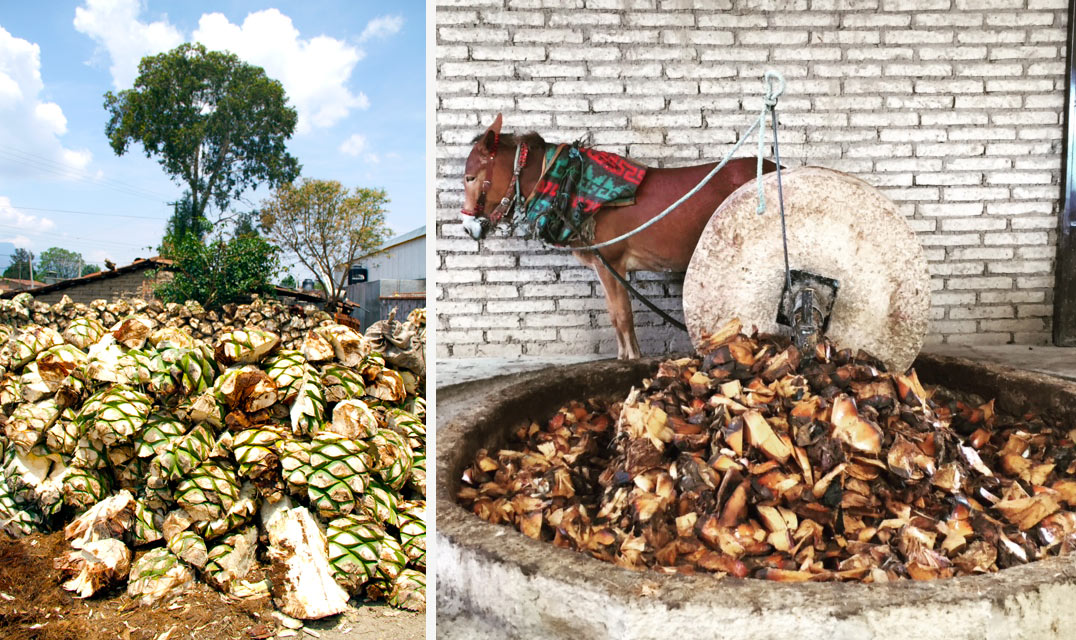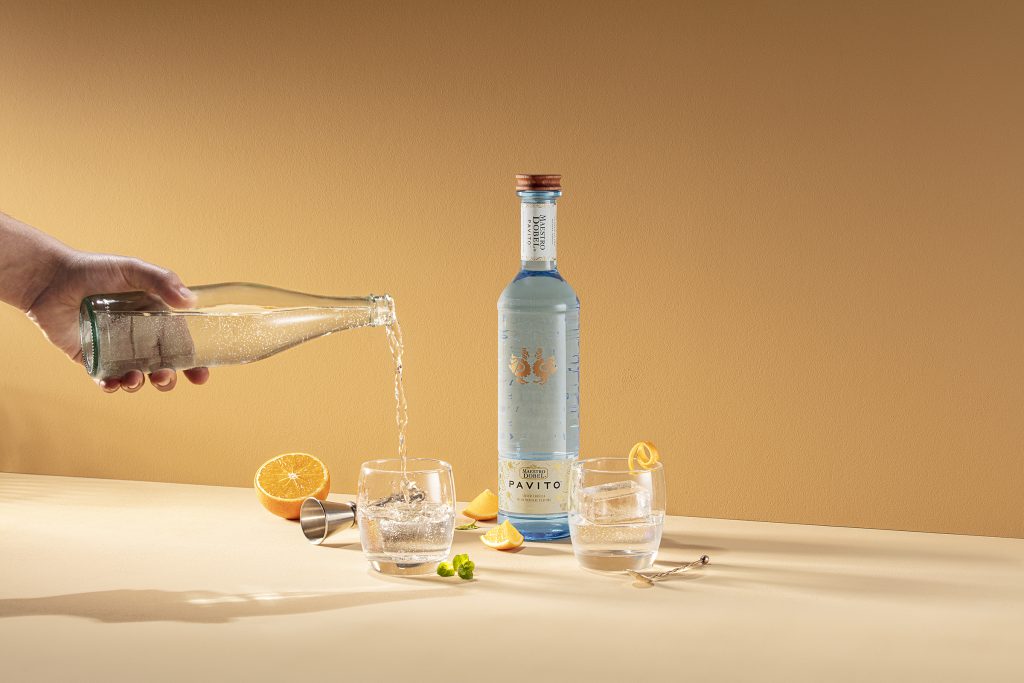Learning the Anatomy of Mezcal with Montelobos
A look inside agave’s distinct second spirit


There was once a time when all agave-distilled spirits were called mezcal. Tequila was simply a regionally specific iteration. As much for preservation as it was for marketing purposes, laws were put into place that ultimately made tequila and its production distinct—and cast everything else as second tier. This is no longer the case. With a boom in sales as an indicator, mezcal has not only met the mainstream but also continues to capture curious palates in bars and liquor stores all over the world. Most are drawn to its signature smokiness—due to its production processes—but there’s more to it than that. While at Tales of the Cocktail in New Orleans this year, we sat in on a seminar hosted by Montelobos with a view in mind to get to the root of what they refer to as the seductive succulent, agave, and what it imparts on mezcal.

As Iván Saldaña—a distilled spirits and agave expert and the creator of Montelobos— explains, there are four fundamental factors required to understand how an agave-distilled spirit tastes: agave, terroir, process and the mezcal itself. There are over 200 species of agave growing in the world—with plenty of genetic diversity. Of those 200, 30 are used in the production of spirits. Some are cultivated, others are collected from the wild and a third set (referred to as semi-cultivated) sees the plant growing in a natural environment that’s monitored. This all impacts the plant, and specific plants—whether looking at those from the Los Altos highlands which run naturally sweeter or those from the Tequila Valley or elsewhere.

With Montelobos, Highland “Espadin” Agave from Oaxaca is used, one that’s very distinct from the Blue Webber agave used in tequila. Most of the agave has been aged up to 10 years, all under the watchful eye of the region’s Mountain of Wolves. In the Highlands, because of altitude and a predominant use of local fertilizers, there’s a complexity and size to the molecules within the plant not seen elsewhere. That isn’t to say other regional agave isn’t excellent—it’s just different and this difference impacts the flavor.

Much like most other industries, technological advances have more than seeped into spirits production. Even the world of mezcal now sees massive batch production. Again, this can contribute to producing an even spirit, but can sometimes mean artificial elements must be applied to maintain the expected flavor profile. Regarding process at Montelobos, fifth generation mezcalero Don Abel Lopez spent a year with Saldaña refining tradition. Long has been the practice of harvesting and then roasting on open fire-pits of wood—for nearly a week. It’s a slow and cumbersome, but natural process, true to heritage. Following this, a fermentation occurs over several days. This is another preserved process, that some mezcal producers now shorten for the sake of timeliness. There’s something to be said of trusting in a time-tested system, that’s only been streamlined.

And finally, there’s the mezcal itself. Mezcal was originally produced for personal consumption or exchange—not for commercial purposes. Elements of this notion still touch the final product, with most brands delivering something distinct from their competitors. In many ways, Montelobos epitomizes what we’ve come to know about the spirit. The smoke is strong, built upon notes of burnt agave and even pepper. But then the agave’s treatment truly shines: botanical complexity manifests and there’s a welcome sweetness. There’s evidence of the hands that made it, but with the modern reliability of advancing technology.
Images courtesy of Montelobos












